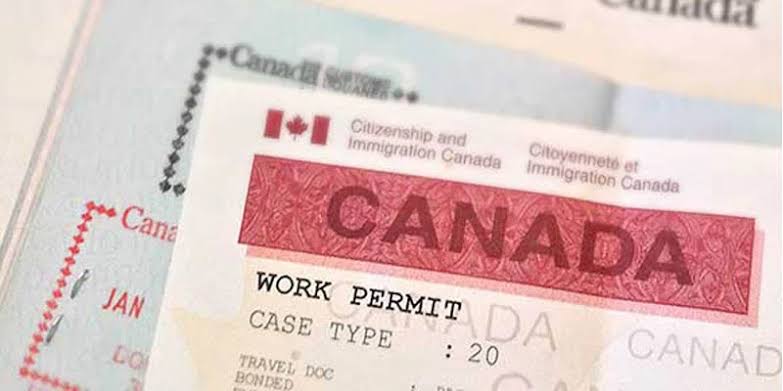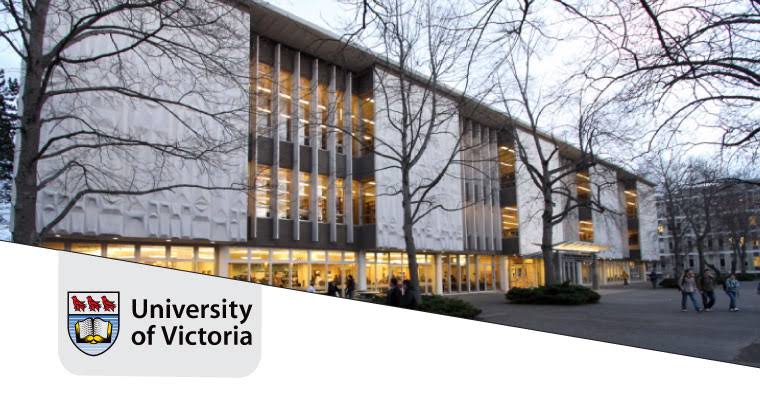Canada continues to be one of the top destinations for foreign workers looking for career growth, better living standards, and global opportunities. As of July 2025, the process of obtaining a Canadian work permit has become more streamlined and technology-driven, though it still requires attention to detail and proper documentation.
Work permits allow foreign nationals to legally work in Canada for a specific period. They are issued under various categories depending on the type of job, the employer, and whether the applicant is already in Canada or applying from abroad.
Understanding the full process is essential for anyone hoping to secure employment in Canada legally and without unnecessary delays.
Determine the Type of Work Permit You Need
The first step in the process is to identify which type of work permit you are eligible for. Canada primarily offers two types of work permits: employer-specific work permits and open work permits.
An employer-specific work permit ties you to a particular employer, job role, and location. It typically requires a Labour Market Impact Assessment (LMIA), which proves that no Canadian worker is available to fill the role.
On the other hand, an open work permit allows you to work for any employer in Canada, with some exceptions. Open permits are often issued to spouses of skilled workers or international students, as well as certain refugees or applicants under special programs.
Knowing which permit applies to your situation will determine the documents and steps required in your application.
Check Eligibility Requirements
Eligibility for a Canadian work permit depends on several factors, including your job offer, qualifications, language skills, and legal background. You must also demonstrate that you intend to leave Canada once your work authorization expires.
For most employer-specific permits, your employer must first obtain a positive LMIA from Employment and Social Development Canada (ESDC). This document confirms that hiring a foreign worker will not negatively impact the Canadian labor market.
In addition, applicants must be in good health, have no criminal record, and possess the qualifications necessary for the job being offered. Some positions may require professional licensing or certification recognized by Canadian authorities.
Secure a Job Offer from a Canadian Employer
A formal job offer from a Canadian employer is often a prerequisite for a work permit. This offer must be in writing and should include details like your job title, duties, wage, and employment duration.
Employers who are hiring foreign workers must be registered under the Employer Portal and must provide a job offer number. If an LMIA is required, the employer will need to apply for it first and include it in your work permit application.
Job seekers can use platforms like Job Bank Canada, Indeed.ca, and LinkedIn to find legitimate openings. In 2025, many employers also participate in virtual job fairs specifically targeting skilled foreign workers.
Gather Required Documentation
Once you have a job offer and meet the eligibility criteria, the next step is preparing your documents. Commonly required documents include a valid passport, proof of job offer, LMIA (if applicable), education certificates, and proof of work experience.
You may also need to submit biometric information, which includes fingerprinting and a photo. As of July 2025, biometric enrollment can be done at Visa Application Centers (VACs) or designated Service Canada offices.
For some applicants, a medical exam may be required, especially if the job involves working with children, the elderly, or in healthcare settings. The exam must be conducted by a physician approved by Immigration, Refugees and Citizenship Canada (IRCC).
Submit Your Work Permit Application
You can apply for a Canadian work permit either online or through a paper application. Online applications are faster and more secure, and they also allow you to track the progress of your file in real time.
The application must be submitted through the IRCC portal. You will need to create an account, fill out the necessary forms, upload documents, and pay the application fee. As of July 2025, the fee for most work permit applications remains CAD 155, with additional fees for biometrics and open work permit holders.
Make sure to double-check all entries before submitting your application. Incomplete or incorrect information can lead to delays or outright rejection.
Wait for Processing and Track Your Status
Processing times vary depending on your country of residence, the type of work permit, and whether an LMIA was required. On average, it takes anywhere from a few weeks to several months.
You can check the average processing times for your application type on the IRCC website. If you submitted your application online, use your IRCC account to check for updates or messages from immigration officers.
While waiting, avoid making travel plans until you receive a decision. In some cases, additional documents or interviews may be requested to finalize your application.
Receive the Work Permit and Prepare for Travel
If your application is approved, you will receive a Port of Entry (POE) Letter of Introduction. This is not your work permit but a document that you must present to Canadian immigration officers when you arrive.
You will also receive an Electronic Travel Authorization (eTA) or a temporary resident visa, depending on your nationality. When you land in Canada, an immigration officer at the airport or land border will issue your actual work permit document.
Be prepared to show your job offer letter, LMIA (if applicable), POE letter, and other supporting documents at the port of entry. The officer must be satisfied that you meet all conditions before issuing your permit.
Rights and Responsibilities of Work Permit Holders
Once you receive your work permit, it is essential to understand your rights and responsibilities. Your permit outlines where you can work, for which employer, and for how long. Violating these conditions can result in removal from Canada and bans on future applications.
As a temporary foreign worker, you have the right to be treated fairly and work in safe conditions. If you face abuse, harassment, or unsafe work environments, you can file a complaint with federal or provincial labor offices. In 2025, Canada’s Open Work Permit for Vulnerable Workers allows temporary workers in abusive situations to switch employers without penalty.
It is also your responsibility to maintain valid immigration status and renew your permit before it expires if you wish to stay longer.
Transitioning to Permanent Residency
Many foreign workers use the work permit as a pathway to permanent residency in Canada. Programs such as the Canadian Experience Class, Provincial Nominee Program (PNP), and Express Entry give priority to candidates with Canadian work experience.
After working for a certain period, usually one year, you may be eligible to apply for PR. Factors such as your language proficiency, age, education, and type of job will affect your Comprehensive Ranking System (CRS) score in the Express Entry pool.
In July 2025, Immigration Canada continues to favor skilled workers who have proven their ability to adapt and contribute to the Canadian economy.
Conclusion: A Gateway to New Opportunities
Obtaining a Canadian work permit is a detailed process that requires preparation, patience, and accuracy. However, it also opens the door to valuable opportunities for career advancement, personal growth, and even permanent settlement.
With strong government support, transparent processes, and increasing demand for skilled labor, Canada remains an attractive and accessible destination for international workers. By understanding each step of the application process and following the latest guidelines, you can build a successful future in one of the world’s most welcoming countries.



